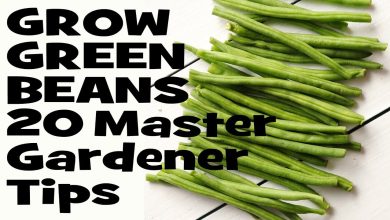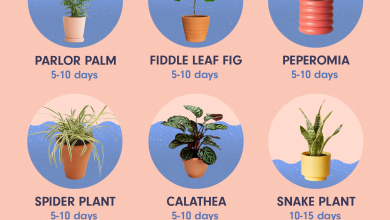Natural barriers: Integrated pest and disease management
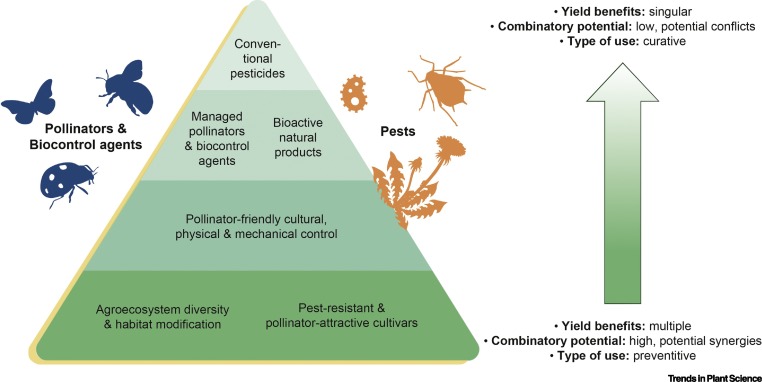
Hello farmers! In today’s article we are going to learn some control methods, such as natural barriers, to prevent pests and diseases from entering our orchards.
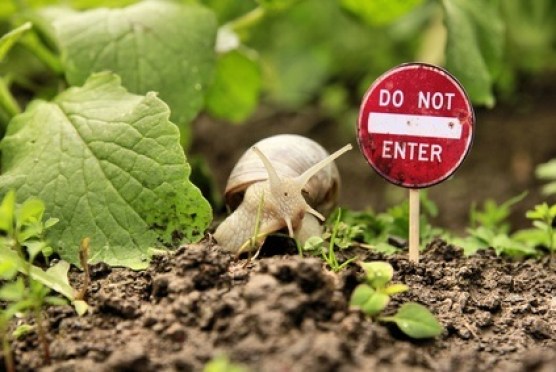
What is integrated pest management?
In past articles we talked about Integrated Pest Management (IPM). I remind you that Integrated Pest Management is a control strategy that basically consists of the rational application of the combination of measures, so that there is a minimum use of phytosanitary products.
For the implementation of this management, certain measures must be applied, which are:
- PREVENTION.Prevention measures consist of using healthy plant material, managing the crop properly, keeping the soil clean and avoiding introductions of other crops.
- APPROPRIATE FIGHTING METHODS.We have different methods of fighting that I will explain a little later (physical, mechanical, cultural, legal, biotechnical, biological control,…)
- SURVEILLANCE MEASURES.They allow us to control if the fighting methods are being effective.
Of all the fighting methods that exist, today we want to give special prominence to natural barriers.
Natural barriers against pests
Natural barriers are based on placing physical barriers to prevent pests from reaching crops. The barriers can be formed by adventitious plants where natural enemies are hosted or aromatic plants that repel certain pests. It is a very effective method of control since it does not require the use of any phytosanitary product.
Example of aromatic insect repellent plants:
Aphids: honeysuckle, lupine, foxglove, mint or nettles.
White fly: calendula, Chinese carnations, tobacco or basil.
Nematodes: tagetes or marigolds.
Mosquitoes: basil, citronella or jasmine.
It is also effective to fence the lettuce beds or other leafy vegetables with ash or sawdust, preventing snails and slugs from reaching them. Another solution is to place padding or mulching to make it difficult for pests such as the potato beetle to access the soil and affect the crop.
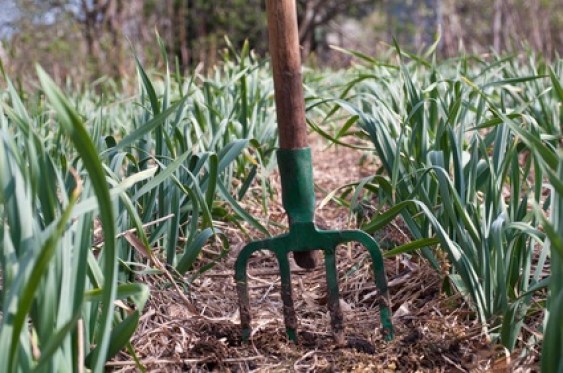
Other methods of integrated pest management
1. Mechanical methods
We know as mechanical methods those direct or indirect methods of capturing or killing insects immediately. They can be manual methods or with tools.
- Collecting insects: it consists of manually collecting insects that may be located in the different parts of our plants. For example, the potato beetle on the leaves, maggots on the fruits, tortricids on the shoots or soil insects.
- Debarking: It consists of removing the bark where the pest is located to eliminate the winter forms and hinder their reproduction.
- Water: It is based on washing the plants with water (or with some natural solution that we prepare) to eliminate insects and damaged fruits.
- Artificial shelters to capture pests.
2. Physical methods
A physical method is used when any physical characteristic of the environment (temperature, humidity, light,…) that is unfavorable for the pest is modified.
- temperature changes
- Humidity Modification
- alteration of the atmosphere
- Meshes (nets, mosquito nets,…)
- light traps
- sounds.Sounds with very high intensity (between 140-160 dB) can kill insects and those between 100-130 dB can repel some animals such as birds.
- chromatic traps
- Insecticidal paints
3. Cultural methods
- Crop rotation
- labors
- Sanitation (remove remains of attacked crops, pruning remains,…)
- trap crops
- Crop diversity
- Study planting and harvesting times
4. Resistant varieties
Plant resistance to insects is the ability of a variety to grow and produce economically despite the presence of pests. In this way, the plant can alter the development of the insect. The pest dies or seeks another host plant.
5. Biological control methods
Biological control consists of using living organisms to control pests. Organisms used for biological control are called «natural enemies.» An example of these natural enemies are ladybugs (which feed on aphids) and spiders.

6. Biotechnical methods
They do not cause the immediate death of a pest but they modify some physiological process or alter their form of communication. The most used biotechnical methods are:
- pheromones
- Attractants and Repellents (essential oils, food attractants,…)
7. Chemical control
Chemical control, despite continuing to be the most widely used method in the world, should be avoided whenever possible since it poses risks to agriculture (phytotoxicity, resistance, secondary effects…), to the environment (on fauna, soil and water contamination) and to human health.
8. Legal measures
Legal measures are mandatory requirements imposed by the government for the control of pests and diseases. To do this, it uses systems such as quarantine, inspection, eradication or regulation of crops.
References
- Erler, F., Ates, A. (2015).Potential of two entomopathogenic fungi, Beauveria bassiana and Metarhizium anisopliae (Coleoptera: Scarabaeidae), as biological control agents against the June beetle, Journal of Insect Science, 15(1), 44.
- Elliott, N.C., Kieckhefer, R.W., Beck, D. (2000).Adult Coccinellid Activity and Predation on Aphids in Spring Cereals. Biological Control, 173, 218–226.
- Ortiz-Urquiza, A., Keyhani, N. (2016).Chapter Six – Molecular Genetics of Beauveria bassiana Infection of Insects. Editor(s): Brian Lovett, Raymond J. St. Leger. Advances in Genetics, Academic Press, 94, 165-249.
This is all for today, you can leave your experiences with these methods in the comments. See you at the next one!
Have a nice day

![Photo of Heather Pests and Diseases: [Detection, Causes and Solutions]](https://www.complete-gardening.com/wp-content/uploads/2022/08/heather-pests-and-diseases-detection-causes-and-solutions-390x220.jpg)
![Photo of Alyssum: [Characteristics, Cultivation, Care and Disadvantages]](https://www.complete-gardening.com/wp-content/uploads/2022/08/alyssum-characteristics-cultivation-care-and-disadvantages-390x220.jpg)
